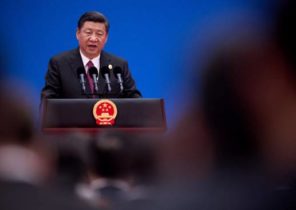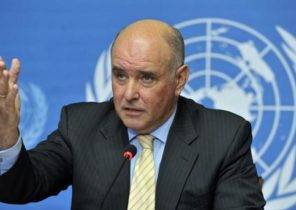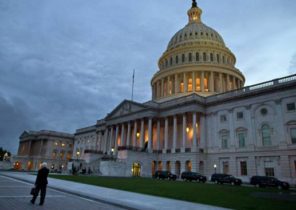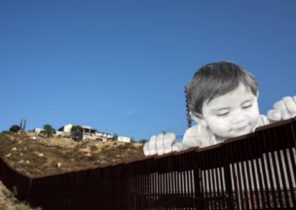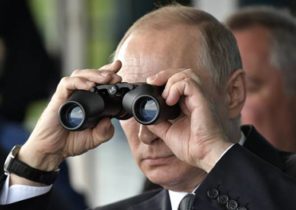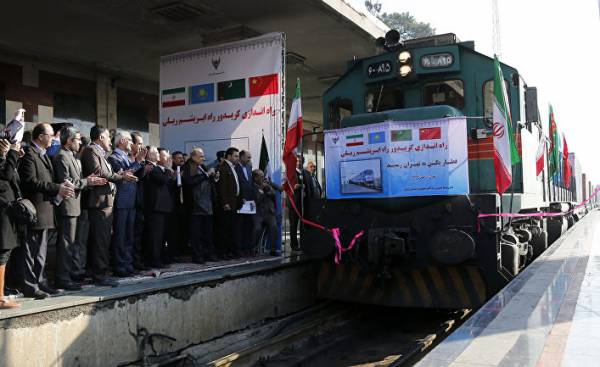
The old silk road was the Foundation of the Golden age of China more than a thousand years ago, when the territorial expansion of the Tang dynasty, cultural superiority and economic power (China accounted for 58% of world gross domestic product) reached its peak. This month in Beijing held the lush international conference designed to showcase the initiative of Chinese President XI Jinping’s “One belt, one road” — an ambitious project whose aim is the reconstruction of the silk road. Whether it’s event after 5-10 years be seen as a step in the next stage of globalization of China’s economy or how incredibly unprofitable project, which had wasted a lot of resources?
Despite the fact that the initiative of creation of the new silk road was announced almost four years ago and is a favorite foreign policy project of President XI, it remains unclear what it is. Beijing says it will require major investment in infrastructure in Asia and not only, so does the expansion of trade and investment to Europe for a new land route and the Middle East and the Mediterranean sea.
Outwardly, all seems to be very attractive. Asia demand for funding is extensive. The strengthening of ties within the region can contribute to growth and economic integration. Beijing successfully fighting terrorism in some of the neighboring Islamic States in the hope that increased trade and investment will create jobs and stability. However, to date, unfortunately, this is only a global political vision, not a practical investment plan. When provided by the authorities impact on the yuan, the initiative was intercepted by a Chinese company who used it as a pretext to evade capital controls, illegal withdrawal of money from the country under the guise of international investment and partnerships. In addition to maintaining the promising projects such as construction of ports in Pakistan and train stations in Central Asia, the initiative served as a cover for the acquisition are less productive and often of trophy assets such as football clubs (Chinese magnates repurchased to date approximately 100).
Some Chinese officials argue that the new silk road can put an end to chronic excess capacity in the industry in many countries, creating new export opportunities for their products. This view is wrong. Excess production capacity in such industries as steel, too large in neighboring markets, and the project can cope with it only partly. The production of cement and glass, it is impossible economically to export over long distances, and unstable high-risk markets such as Pakistan and the Central Asian republics, there is a danger that investments will be justified and the project can result in failure.
The planned railway connection between Central China and Europe, are in the testing stage, underlines the difficulties: every week from Chongqing to Germany there are five fully-loaded trains, and only one fully loaded train returns to the opposite direction. However, trade must occur in both directions to route was economically justified and politically acceptable in other countries through which they pass.
European business would like to project “One belt, one road” created more opportunities for doing business in China. This emphasizes the latest annual survey of members of the chamber of Commerce of the EU in China who believe that legislative barriers and restrictions to market access remain the main challenges they have to deal with. Europe is open, she buys Chinese goods worth 1 billion euros every day. But China is buying in Europe half of this amount of goods. In 2016 China is four times more invested in Europe than European companies in China. Investments of European companies in China have also fallen by 23%, reaching only 8 billion last year.
This is not due to the fact that European business did not invest abroad. Last year he invested some 200 billion euros in the United States. This is due to the fact that China as a destination for foreign investment does not reveal its full potential. The global political strategy for the plans to build a new silk road is not a solution to the many daily challenges and obstacles that European businesses face in China. As that state seeks to develop a value chain in a number of industries, these basic tasks cause the same harm to both Chinese and European business. Therefore, while the European business supports the strategy of “One belt, one road”, the company is concerned that in the next ten years, this initiative will be remembered as “One belt, one ambush”: there is a waste of resources, inextricably linked with the problem of inefficient state-owned enterprises, while the clever Chinese entrepreneurs and European private capital could be used much more productively. It is hoped that the circumstances would be different. In order for this happen, the initiative will need to be reviewed at the conference, which will be held this month. But when decisions in business is more determined by political diktat, not by market forces, always stored high risks of disappointment.
Joerg Wuttke (Jörg Wuttke) — Chairman of the chamber of Commerce of the EU in China

